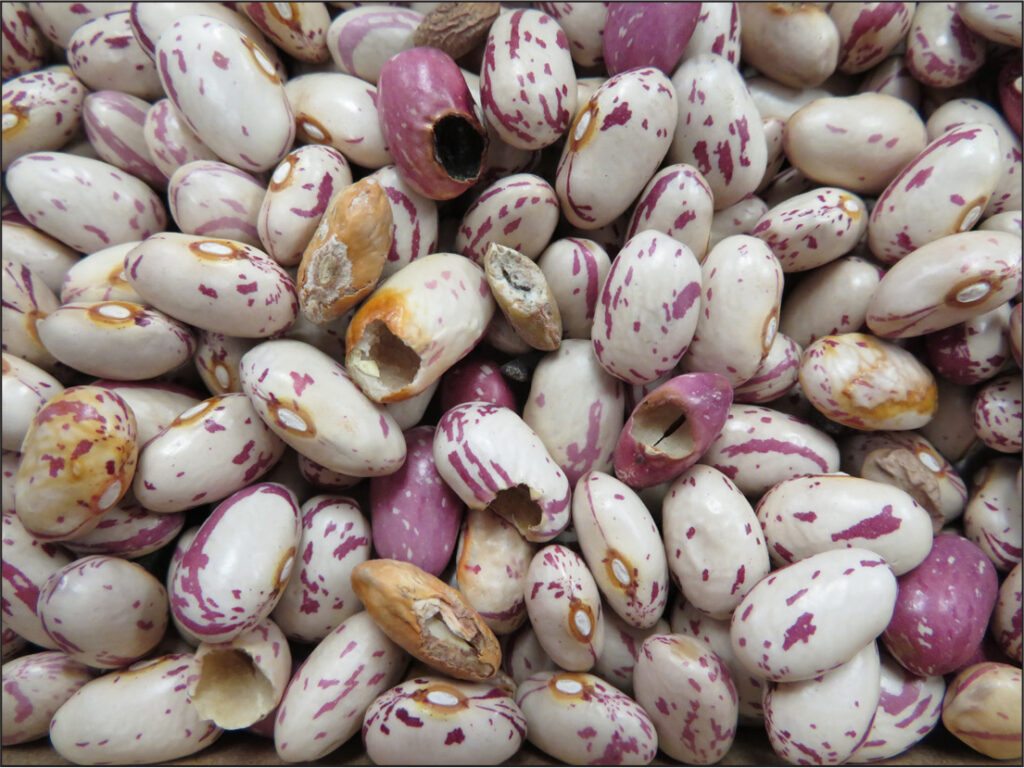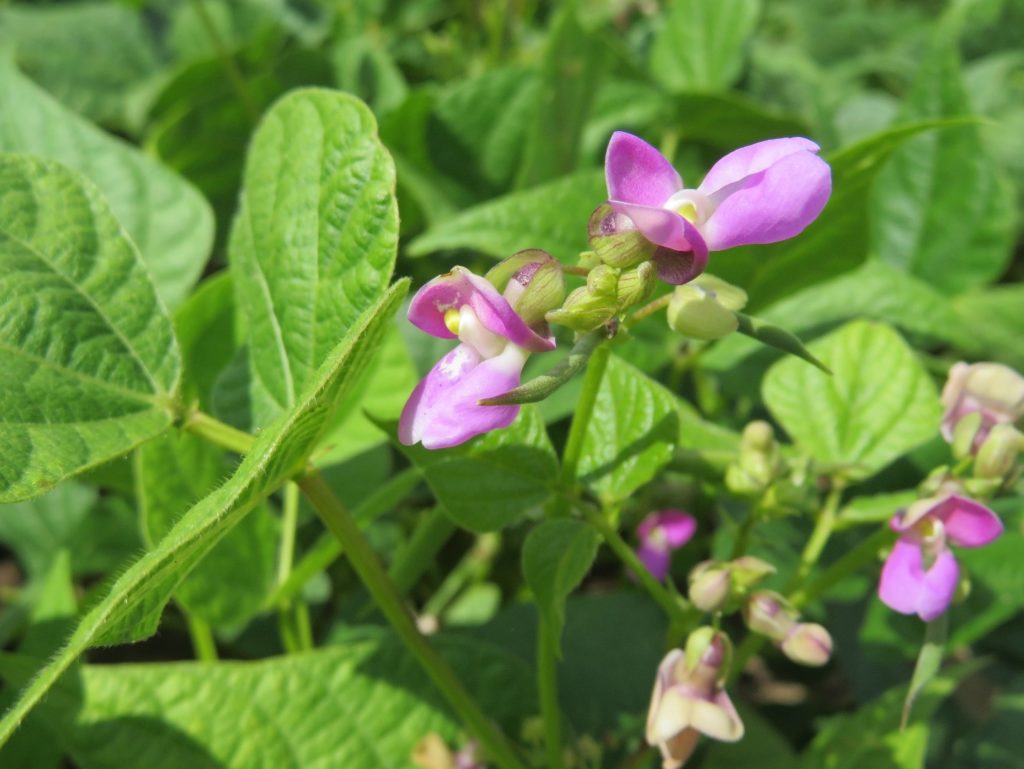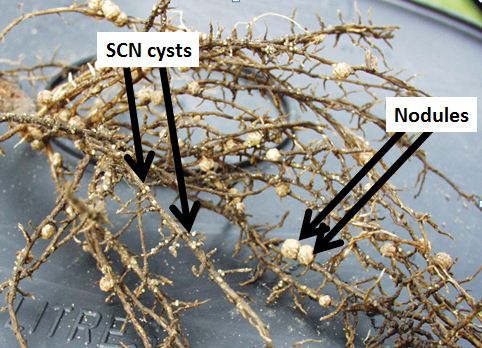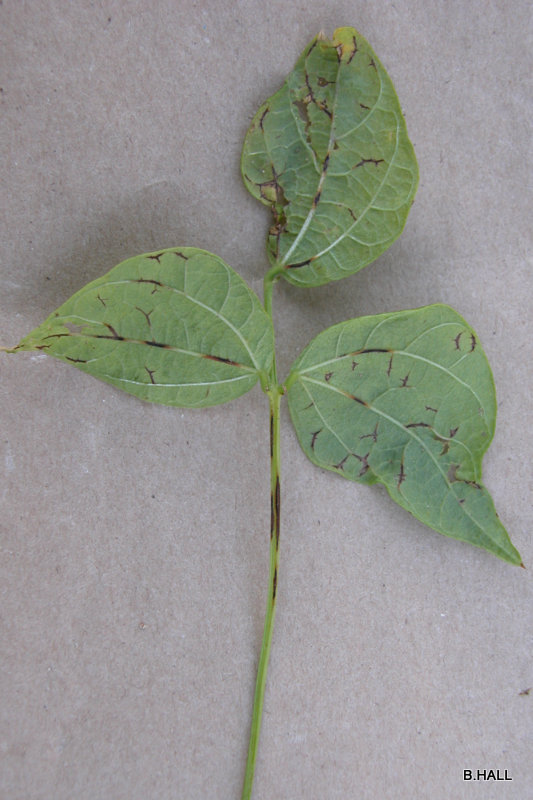Plant Development
Bean varieties are characterized by their growth habitat. Indeterminate plants continuously grow and exhibit long vines. Most of the commonly grown bean types have a semi-determinate growth habit, meaning they continue to grow after flowering begins and develop short to long vines. Determinate types tend to flower and ripen over a short period. Determinate types […]




